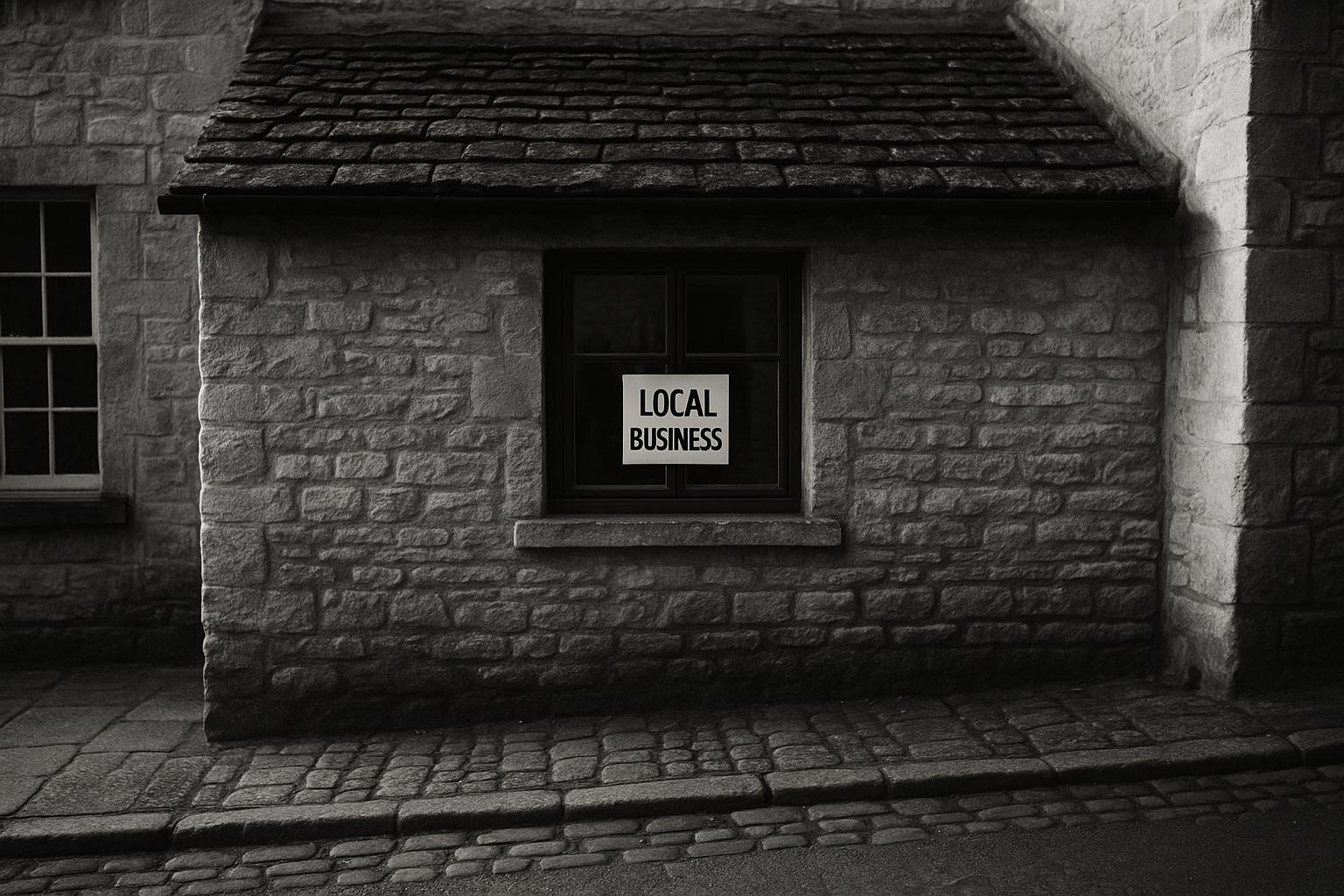The Cotswolds has emerged as one of the United Kingdom’s most densely business-filled rural areas, placing ninth in a recent ranking of local areas by businesses per 100,000 residents. According to research compiled by media agency One Day Agency and reported locally, the Cotswolds recorded 6,787 businesses per 100,000 people — making it one of only two non‑London districts to feature in the top ten. The ranking has drawn attention because it contrasts the capital’s extraordinary business concentration with pockets of strong entrepreneurial activity elsewhere in the country.
The One Day Agency listing places Westminster at the top of the table, with a total of 52,115 registered businesses and a business density that dwarfs other areas; Camden, Islington, Kensington and Chelsea and Hackney also occupy the highest positions. Bromsgrove in Worcestershire is identified as the first non‑London location inside the top ten, with about 7,288 businesses per 100,000 people, while Merseyside’s Knowsley sits at the bottom of the scale with roughly 2,200 businesses per 100,000 residents.
Those headline numbers rest on an explicit methodology. One Day Agency’s analysis mapped official business counts against local population figures, using Office for National Statistics data as the underlying source for enterprise counts. That approach is useful for highlighting where businesses concentrate relative to resident populations, but it is sensitive to definitional and timing issues: ONS tables distinguish enterprises from local units and are snapshots taken on specific dates, so densities can shift with new registrations, closures or boundary changes.
The agency behind the research underlined that business density is only part of the story. “Entrepreneurial areas focus on more than just the quantity of businesses,” Ricardo Seixas of One Day Agency said to the Oxford Mail, adding that the most successful places attract skilled workers, take advantage of government support and foster innovation that meets market demand. Those factors help explain why some smaller districts punch above their weight in business counts.
Local policy and targeted support appear to be playing a role in the Cotswolds’ performance. Cotswold District Council has promoted a Green Economic Growth Strategy and highlighted recent infrastructure projects, inward‑investment activity and partnership work intended to help town centres and specialist firms recover and expand after the pandemic. The council frames those measures as part of a deliberate effort to sustain jobs and encourage growth in sectors such as digital, agritech and green technology.
Another recurring explanation for the region’s buoyant profile is its appeal to affluent and high‑profile residents, which can in turn stimulate demand for professional services, hospitality and high‑end property development. National and lifestyle press coverage of celebrity purchases and renovations — from reports about Ellen DeGeneres’s and Portia de Rossi’s Cotswold farmhouse to pieces on David and Victoria Beckham’s country estate and high‑value projects near the area involving media figures — feed the narrative that celebrity investment contributes to the area’s economic character and local spending patterns.
Yet a high business density does not automatically equate to broad‑based prosperity. The same ONS counts that illuminate entrepreneurial hotspots also show stark geographic variation, and analysts caution that business numbers must be read alongside employment, wage, and access‑to‑services data to understand living standards. Policymakers seeking to replicate pockets of success will need to combine support for start‑ups with skills provision, infrastructure and targeted investment — precisely the mix One Day Agency highlights as critical to turning high business density into lasting economic resilience.
📌 Reference Map:
##Reference Map:
- Paragraph 1 – [1], [2]
- Paragraph 2 – [2], [1]
- Paragraph 3 – [2], [3]
- Paragraph 4 – [1]
- Paragraph 5 – [4]
- Paragraph 6 – [5], [6], [7], [1]
- Paragraph 7 – [3], [1], [4]
Source: Noah Wire Services
